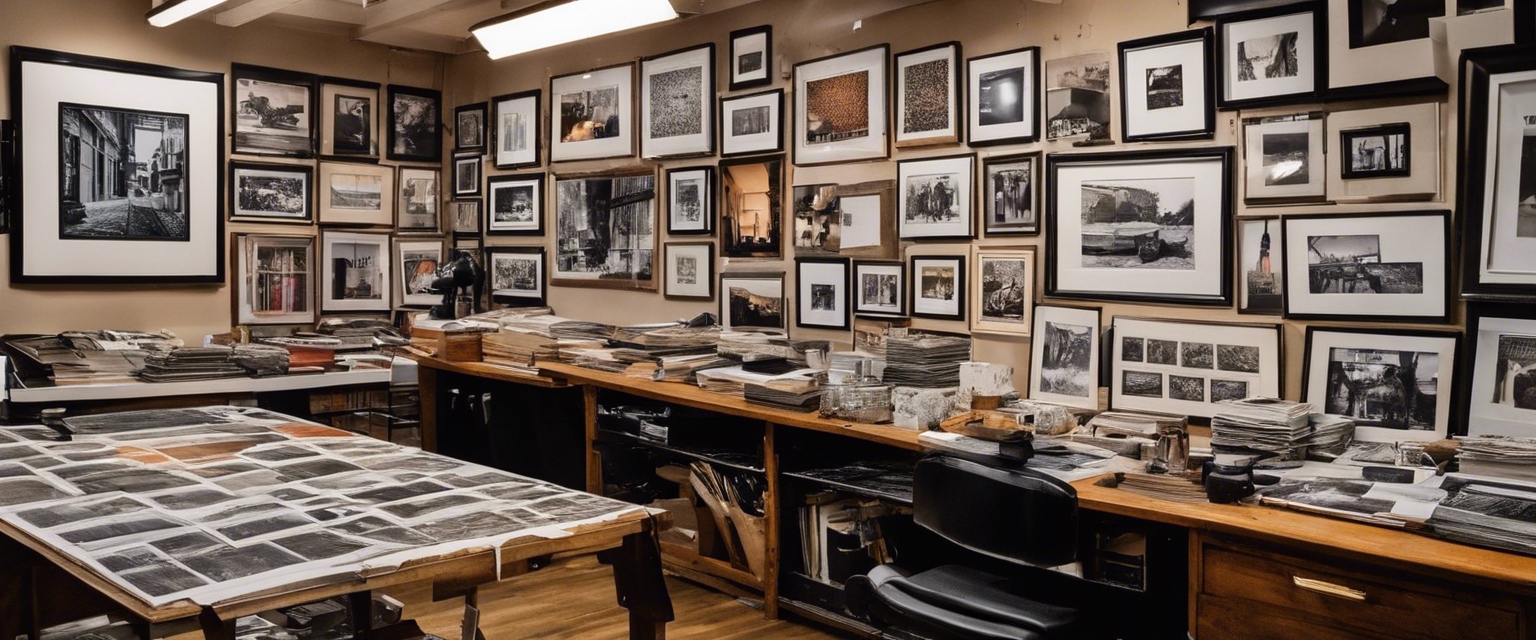The evolution of printing: from screen to digital
The art of printing has been instrumental in the dissemination of knowledge and culture throughout history. From the early days of screen printing to the modern era of digital printing, the evolution of this technology has been marked by innovation and transformation. This journey has not only changed the way we produce printed materials but has also had a profound impact on industries ranging from fine art to branding.
Screen printing, also known as serigraphy or silk screening, has its roots in ancient China, where it was used as a method for applying patterns onto fabrics. It later spread to other Asian countries and eventually to the Western world. This technique involves creating a stencil and using it to apply layers of ink onto the printing surface, one color at a time.
Digital printing emerged in the late 20th century as a direct result of advancements in computing and digital technology. Unlike traditional screen printing, digital printing does not require stencils or plates. Instead, it uses digital files to print directly onto various media, making it faster and more versatile.
The Journey from Screen to Digital Printing
Screen printing has long been favored by artists and designers for its unique aesthetic and the tactile quality it brings to prints. It has been a popular method for creating posters, t-shirts, and other branded materials. The hands-on process allows for a high degree of customization and has a charm that many aficionados still appreciate today.
The advent of digital printing has revolutionized the printing industry, offering unprecedented precision, efficiency, and the ability to produce short runs economically. This technology has enabled professional photographers, artists, and businesses to achieve high-quality prints with less turnaround time and lower costs.
Technological Advancements in Digital Printing
Inkjet printers work by propelling droplets of ink onto paper and other substrates. This technology has evolved to accommodate a wide range of materials, including canvas and photographic paper, making it ideal for fine art reproductions and high-quality photo prints.
Laser printers use a laser beam to produce an image on a drum, which is then transferred to paper using toner. This method is known for its speed and high-quality text output, making it a staple in office environments and for professional business materials.
3D printing, or additive manufacturing, is a process of creating three-dimensional objects from a digital file. This innovative technology is expanding the boundaries of printing, allowing for the creation of prototypes, functional products, and even art pieces with complex geometries.
The Impact of Digital Printing on Various Industries
Digital printing has transformed the world of photography and fine art, enabling artists and photographers to reproduce their works with incredible detail and color accuracy. It has also made art more accessible, allowing for high-quality prints that can be produced and sold at a fraction of the cost of original works.
For businesses, digital printing has been a game-changer in the production of branding and marketing materials. The ability to print on-demand has reduced waste and inventory costs, while also allowing for personalized and targeted marketing campaigns.
The digital printing era has ushered in a new level of personalization for consumer products. From custom t-shirts to personalized photo books and home decor, consumers can now create unique items that reflect their personal style and preferences.
The Future of Printing Technology
As we look to the future, the printing industry continues to evolve with emerging trends like augmented reality (AR) printing, improved sustainability practices, and advancements in ink and material science. These innovations promise to further enhance the capabilities and applications of printing technology.
Environmental concerns are driving the industry towards more sustainable practices. Digital printing reduces waste and energy consumption compared to traditional methods. Additionally, the development of eco-friendly inks and recyclable materials is contributing to a greener future for printing.






Comments (0)